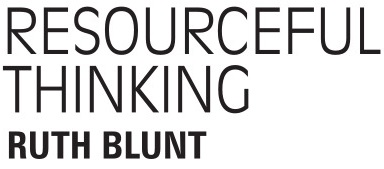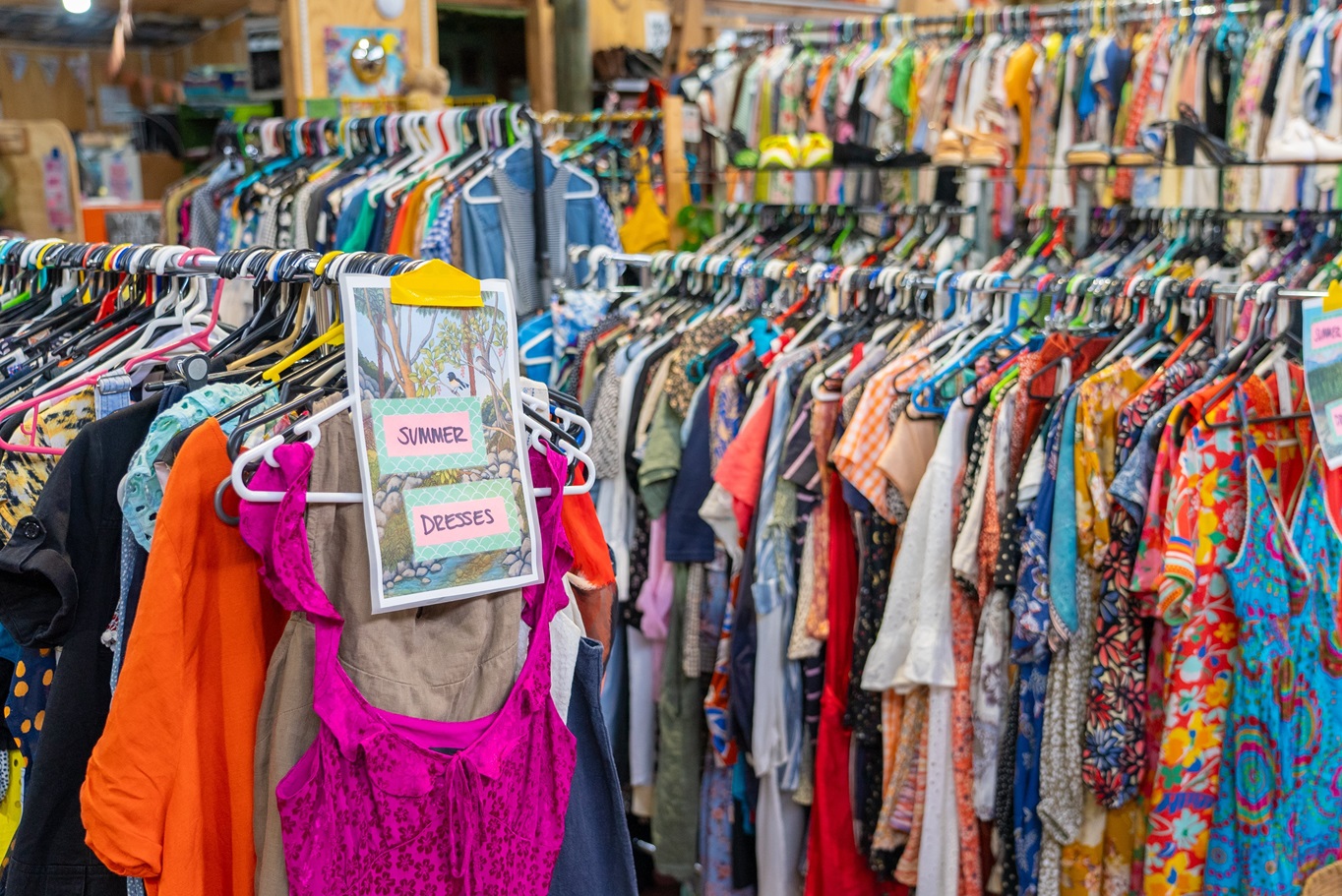

The European Union's latest action does just that, shifting the burden and cost of dealing with waste from taxpayers to producers. The EU's Circular Economy Action Plan was ground-breaking when it was adopted 10 years ago.
Last month, the action plan was further strengthened with legislation targeting food and textile waste.
The strengthened mandate promotes a systemic shift by introducing binding national food waste reduction targets and placing Extended Producer Responsibility (EPR) firmly on textile manufacturers. The directive legally obliges member states to cut food waste and requires producers to cover the full costs of their textile waste management.
This clear framework shows how Aotearoa can move beyond current stalled initiatives to adopt a comprehensive, future-focused approach.
The EU’s strategy for a circular economy is designed to intervene and influence at every stage of a product's life cycle. The revised Waste Framework Directive establishes a mandatory framework for managing waste flows, prioritising reduce and reuse. It specifically introduces the product stewardship requirement for textiles, and binding targets for food waste reduction requiring member states to achieve a 30% per capita reduction in food waste from households, retail and restaurants in the next five years.
This new legislative framework works across three principles: eliminate waste and pollution, circulate products and materials, and regenerate natural systems.
It eliminates the creation of waste through the Ecodesign for Sustainable Products Regulation (ESPR) which sets sustainability requirements for products for sale in the EU market (like durability and repairability). It’s the ultimate preventive measure, intervening at the design stage to prevent low-quality, disposable products from entering the market.
Product stewardship for textiles keeps materials in circulation. It’s a financial lever designed to account for the full life cycle of textiles.
By making producers pay for end-of-life management, it incentivises them to design clothes that are easy to collect, sort, reuse and recycle, keeping materials in use and value locked in the economy. And it regenerates systems downstream by penalising the use of low-quality, problematic materials.
This increases the amount of textiles produced that are durable, good quality and suitable for reuse.
Imagining how it could play out in Aotearoa, I see huge gains for reuse and repair. Textile product stewardship could provide a steady income for circular economy hubs.

How about Fix-it Friday every week? Reviving lost repair skills in the community and increasing resilience as people learn how to extend the life of their own belongings. Repair events are a core community service, transforming citizens from passive consumers into active keepers and fixers of their things.
For the consumer, the immediate impact of these regulations in Europe is a radical increase in transparency and no more dubious "green" claims.
At the heart of the textile EPR is the principle of eco-modulation, where the fees a producer pays into the scheme are adjusted based on the environmental performance of their item. This means the poor-performing, highly polluting fast-fashion items will incur a higher fee so that the fast fashion producers now pay for the disposal of the poorly designed products.
This shifts the burden of textile waste management away from the taxpayer and guides consumers towards better quality goods. The real gain is a longer lasting, durable, repairable item and reduced long-term waste costs for everyone.
A bonus of this legislation is the unprecedented access to a product’s sustainable information.
The Green Claims Directive is specifically designed to combat green-washing, requiring that any marketing claim, from eco-friendly to carbon neutral, is scientifically substantiated and verified by an independent third party, allowing shoppers to make purchasing decisions with greater confidence.
This transparency is amplified by a mandated Digital Product Passport — a standardised, scannable data carrier fixed to products, giving consumers instant access to key sustainability data. For a pair of jeans, this could detail the fabric composition, water usage, durability score, reusability and recyclability. This focus fundamentally empowers us.
It's a victory for the conscious shopper, saving us money in the long run by extending product life-spans and reducing the need for continuous replacement.
The EU blueprint provides compelling evidence that circular economy action is not a cost burden, but a sophisticated, market-driven strategy for achieving long-term social equity and economic prosperity.
While Aotearoa's implementation of Extended Producer Responsibility frameworks is a positive step towards a circular economy, our waste strategy could learn from this ambition.
Moving beyond disposal-focused targets means designing out waste from the start, investing in resilient repair and reuse networks, and mandating resource circulation goals that decouple economic growth from landfill reliance, ensuring that environmental leadership is built into our economic future.
By Ruth Blunt











